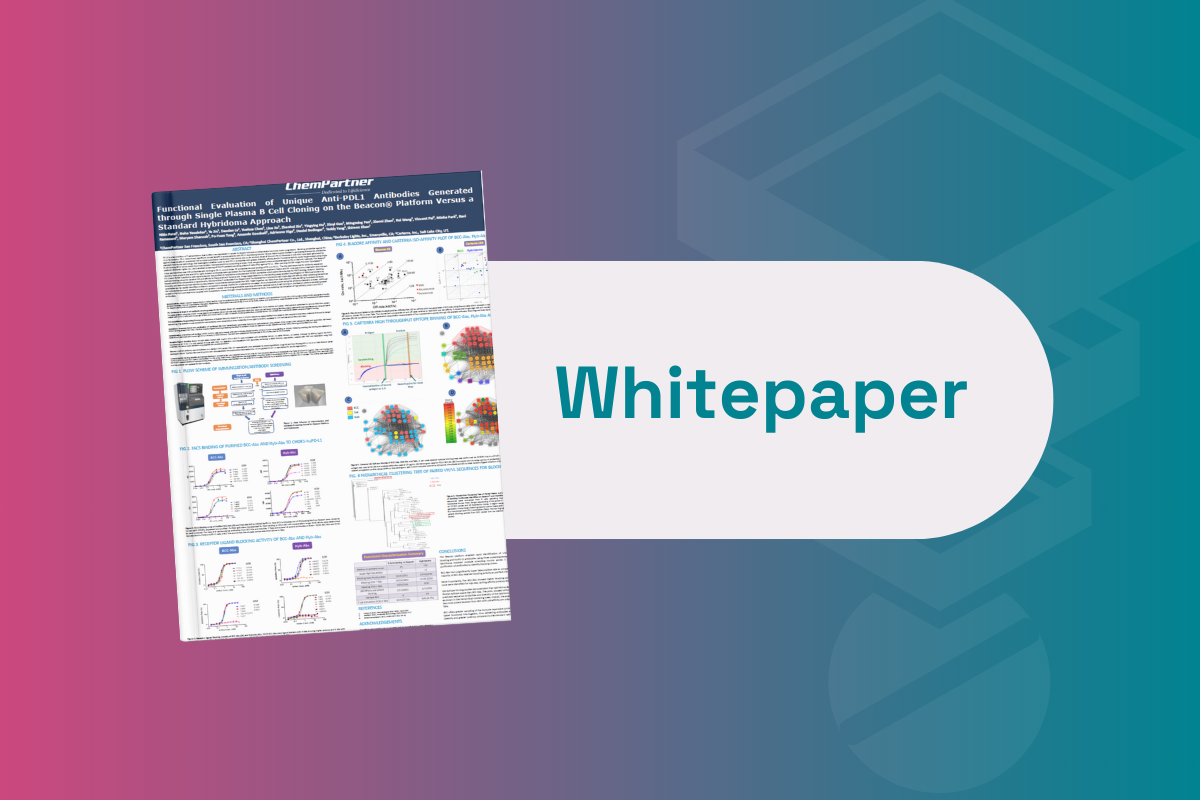Harnessing the Power of AI/ML Integration in SmartLabs: Balancing Potential and Challenges

The rapid advancements in artificial intelligence (AI) and machine learning (ML) have revolutionised numerous industries, and scientific research is no exception. In the realm of SmartLabs, where cutting-edge technologies intersect with laboratory operations, AI and ML have emerged as powerful tools with the potential to accelerate discoveries, optimise processes, and unlock new frontiers of knowledge.
At Oxford Global’s PharmaData 2022 event, experts in the field gathered for a pre-session workshop entitled “Showcasing AI/ML Utilisation in SmartLabs.” The workshop featured talks given by key opinion leaders, followed by a panel discussion which shed light on a wide range of topics related to AI/ML integration. These included areas where AI excels versus challenges in implementing AI/ML systems, and the role of data in driving scientific advancements.
Leveraging AI/ML to Enhance Lab Capabilities
Machine learning and AI integration in lab research is undoubtedly changing the landscape of scientific developments. You only need to look as far as the AlphaFold algorithm, an AI system developed by DeepMind which can predict the 3D structures of proteins based on their amino acid sequence. Tobias Großkopf, Senior Data Scientist and Group Leader at Roche, hailed the algorithm as a “clear case where machine learning surpassed human intelligence,” as it solved a problem which humans had not been able to solve to a satisfactory extent for almost 50 years.
Typically, the algorithms integrated into lab work are relatively simple but prove to be effective because they reduce the amount of work for humans. For example, AI-powered image recognition allows researchers to process and analyse large amounts of visual data more efficiently and accurately across various disciplines. Großkopf noted that it’s important to recognise here that the main benefit of AI integration into this process “is not that the machines are better at it than humans, but they can do it much faster.”
- How AI Integration is Optimising Drug Development Pipelines
- CellQualia: The Robot Changing the Face of Stem Cell Therapies
- Robotic Surgery: Pioneering Precision in Medical Advancements
Großkopf identified two main fronts where AI integration’s strengths stand out. Firstly, it can help automate analysis decisions, either replacing or augmenting human decision-making using a computerised process. Moreover, utilising AI/ML algorithms allows for integrating so much data that researchers can reach “new emergent levels of intelligence that humans simply cannot access.”
A presentation delivered by Jeremy Frey, Professor of Physical Chemistry at the University of Southampton, highlighted these two key strengths. Frey discussed how AI/ML integration is advancing the field of chemical informatics for the prediction of chemical properties as AI is increasingly being utilised in this field to help to forecast compound properties.
One of the key advantages of using AI and machine learning in chemical informatics is that these techniques can handle large and complex datasets, enabling researchers to make more accurate predictions about chemical properties. In addition, these techniques can help identify new chemical compounds with desirable properties, potentially accelerating the discovery of new drugs, materials, and other applications.
Limitations of AI/ML Integration
However, this increased efficiency only translates to some aspects of the AI integration process. One major drawback is that ML algorithms will often require human verification of results. While many researchers have hoped that incorporating AI into their procedures would allow them to spend less time verifying results, they frequently find that the inverse is true.
Mark Doerr, Senior Scientist at the University of Greifswald, acknowledged that this is where the “hype” around AI has become a drawback, as there has been a widespread assumption that having a fully computer-led lab could become a reality soon. Instead, Doerr pointed out that there are very few examples where you can use an AI algorithm “off the shelf” to do precisely what a human can. To even come close to human capabilities, AI systems require a high degree of pre-processing data and will inevitably still require manual checks on the day.
Explainable AI (XAI) is another major requirement when implementing AI/ML algorithms into lab processes. The need for XAI in labs stems from the requirement to understand, validate, and trust AI-driven results, comply with regulations, detect errors, and address ethical considerations.
Frey pointed out that XAI is closely related to causal reasoning, as both involve understanding the factors contributing to an outcome or decision. By incorporating causal reasoning into AI systems, researchers can develop more robust and interpretable models to help identify the underlying causes of observed outcomes. XAI can help users understand how these models work and why they produce specific results, increasing transparency and trust in the AI system. Whilst there is now a significant push in research pipelines for XAI to become more prevalent, this is still proving to be a bottleneck for many.
The Future Direction of AI/ML Integration in Labs
Despite these limitations, the future of AI/ML integration in labs undoubtedly holds tremendous potential for advancing scientific research and innovation. There are a handful of priorities which will shape the trajectory of this integration.
Improved data management will prove crucial, as researchers must develop an information architecture that ensures reliable and FAIR data management. As Frey noted, focusing on collecting data in a structured and accessible manner will help labs reduce data evaporation and archiving issues, and establishing data repositories specifically tailored to physical science communities will no doubt prove invaluable.
Doerr’s work is largely focused on creating just this type of repository: in collaboration with a handful of universities across Germany, Doerr and his team have developed the LARAsuite. This is an openly available collection of applications, libraries, tools, and databases to help plan, create, manage, and evaluate scientific work. The creation of data management resources such as the LARAsuite will further enhance data storage and effective sharing, enabling researchers to leverage a vast array of valuable information.
Increasingly in the field, researchers also have to consider the extent to which their work will combine expert experience and data-driven science. Whilst many are keen to reduce human involvement in AI-driven processes, the future of SmartLabs lies in synergising expert knowledge and experience with data-driven approaches.
Labs should explore methodologies that leverage both human expertise and AI/ML capabilities to yield more accurate and insightful results. However, this does not mean human involvement must remain a central factor in AI processes. Many, including Doerr, are fans of adopting an “AI-first” approach, where “eventually, humans will be an afterthought.”
This approach would see the seamless integration of expert knowledge with XAI algorithms' data processing capabilities. Ideally, humans would subsequently be able to assess the data provided by the model and question its findings, and then have the model integrate these answers into the next round of investigation.
If such advancements can be made to AI/ML integration into labs in the coming years, labs can pave the way for transformative advances in scientific research. This integration promises to enhance research efficiency, enable new discoveries, and fuel innovation across a wide range of scientific domains.
Get your weekly dose of industry news and announcements here, and keep up to date with the latest ‘Industry Spotlight’ posts. For other PharmaTec content, please visit the PharmaTec Content Portal.
Want to find out more about the innovations happening in pharma data? Join Oxford Global’s annual Pharma Data & Digital Medicine event today. This 2-day conference brings together a panel of prominent leaders and scientists, sharing new case studies, innovative data, and exciting industry outlooks.







